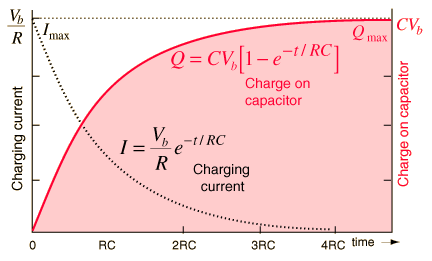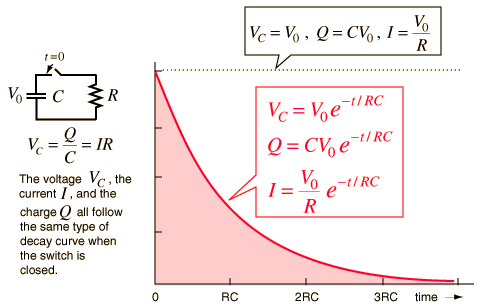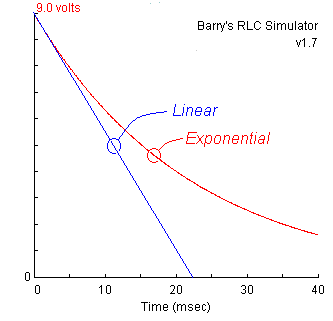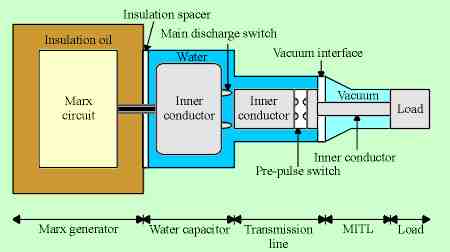You have stated a lot of information there Axil, but let's just take one small piece of it and see if we can engineer a solution.Okay, 500 joules per pulse. Where does number come from and how many of these pulses do we need per second? If you can get me that number, I can build a capacitor charger (current source) that will do it. Then it's just a matter of initiating a high voltage arc to start the discharge; again, easy stuff if you have the engineering specifications we need to build it.Quote from Axil on January 20th, 2013, 02:47 PM If the ion explosion requires only 50 nanoseconds to occur, then 500 joules of power can be packed into this short timeframe.
For example, if 500 joules of energy is stored within a capacitor and then evenly released to a load over a 50 nanosecond timeframe, the peak power delivered to the load would only be 500 watts total.
Each chamber is also surrounded by a pair of capacitors, C1A, C1B and C2A, C2B wound there around, capacitors C1A, C1B having a capacitance of approximately 1.3 micro-F and capacitors C2A, C2B having a capacitance of approximately 2.2 micro-F.
The coils and capacitors are potted in hardened epoxy of fiberglass material 55. The epoxy resin and hardener sold under the designations EPI Bond 121 and #9615 hardener by Furane Plastics, supra, are satisfactory, but other epoxy material which will remain stable at temperatures up to 200.degree. F. would probably also be acceptable.
It is preferred that a small amount of graphite such as that sold under the trade designation Asbury 225 by Asbury Graphite, Inc. of Rodeo, Calif., be included in the epoxy potting to prevent nuclear particles formed in the chamber from escaping from the apparatus. Ten to 15% graphite to epoxy by weight is more than enough.
------------------------------------------------------------------------------------------------
But from what I can tell Axil has it wrong about the capacitors. The electrodes (63 & 65) that causes the pop and piston movement has the 40KV HV on them plus the 24 V DC from the batteries and/or the 24 V generator.
The gap between these two electrodes (63 & 65) is to wide for the HV or the DC to jump across, but the HV may be supplying an ion path kind of like an ion wind generator. The piston has a button (screw) on it that when at TDC comes in between the two electrodes (63 & 65) and provides two very small gaps between the two electrodes and the piston button.
At that point the HV can spark and the DC can pop to move the piston. Normally the current would continue to flow like a welder but because the piston is forced away then the current flow stops until the next cycle. The capacitors are there to collect the excess energy that is retrieved from the process and to prevent nuclear particles formed in the chamber from escaping (if you use his bucket system).
Well that is my take on it and I could be wrong. So sorry Axil if I mis-understood your position on this. Maybe Russ can break down the circuit description and better explain how it works.
element 119




